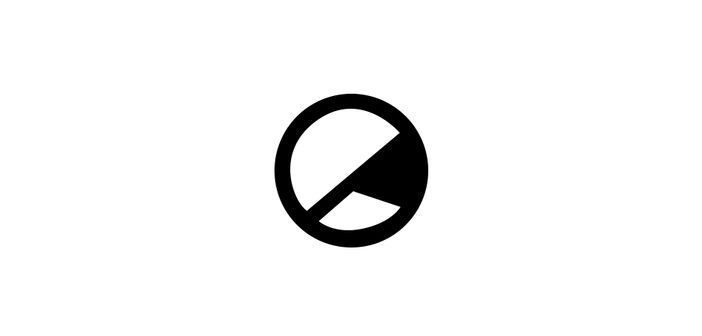J.K Rowling’s Harry Potter series is pretty much infamous. “There won’t be a child in our world who doesn’t know his name,” became a statement that reigns true not just in the Wizarding World, but in our real world. However, as time goes on, although we all still love Potter, many of us can admit that the author behind the work actually got a lot of things wrong. One such thing that many consider a fault on Rowling’s part, is the lack of diversity in these novels.
One of the things that is so great about these novels, is that they really do have fully-fleshed out, believable and authentic human characters. They represent people from different class backgrounds, with different struggles, that readers can relate to without really having to try. As well as this, the books’ themes and messages teach a really positive mantra about overcoming prejudice and showing love to the people around you. Despite that, the books, and subsequently the film adaptations, are overwhelmingly white.
Dean Thomas. Lee Jordan. Cho Chang. Angelina Johnson. Kingsley Shacklebolt. Padma and Parvati Patil. Those are honestly the only names of people of colour in Harry Potter that come to mind. Also, in the films that unnamed black kid who drops many truth bombs in Prisoner of Azkaban. Of course, you can say that characters such as Cho are important to the plot, but in reality, none of them are ever really given the chance to shine. None of them are ever explored in depth. In fact, a few years ago, YouTuber Dylan Marron found that in the 19 hours and 39 minutes of screen time in the movies, only 6 minutes and 18 seconds of that is spoken by a person of colour.
With Cho’s relationship with Harry, and the knowledge shared by Rowling post-Deathly Hallows that George Weasley eventually marries Angelina Johnson, it would seem that Rowling’s inclusion of interracial relationships was something that was actually rather good for representation. However, then you remember that one of those relationships ends without much explanation and is used purely to give Harry a first relationship, and the other was only mentioned by Rowling once the series had ended.
This is a habit that Rowling has continued over the years; she includes diversity of characters, but only in afterthoughts and comments rather than in the actual canon content. This can be said of the way she has treated Dumbledore’s sexuality over the years too. She announced that Dumbledore is gay during the filming of the series’ sixth movie, and though there are definitely homoerotic undertones between Dumbledore and Grindelwald in Deathly Hallows, it was never explicitly stated in canon. Even now, when she has penned the script for a film containing both of these characters, it has been said by the director that Dumbledore will again, not be explicitly gay in Fantastic Beasts and Where to Find Them: The Crimes of Grindelwald.
This is Rowling’s biggest problem, in my opinion – she’s all talk. She talks a big game about feminism and equal rights and diversity and representation, but she is often slow to implement these things herself. It is true that her novels are full of a wonderful breadth of different strong female characters, but the fact that all of these women are white, reiterates the problem of white feminism in today’s popular culture.
However, what Rowling lacks in her representation in the series, the fandom more than make up for. Many fans over the years had popularly drawn Hermione in fan art as a young black girl, which in fairness, matches the book’s description of her features. It is this that led to a black woman being cast as Hermione in the stage play, Harry Potter and the Cursed Child. Of course, Rowling has stated her support of this, but truly, it’s down to the fans rather than the author that this became a reality. As well as this, over the years, a lot of fan art of Harry has seen him depicted as South Asian. Although I don’t really know why, it has made me rather happy to look at all these drawings of Harry Potter looking like me.
The fans of Harry Potter are from all races, nations, sexualities and genders, and the way in which they interact with the art expresses this. Lots of fan-fiction and fan art focuses on theorising characters as different sexualities (I agree with them that Harry is bisexual to be honest), as well as giving the few characters of colour that are included, a chance to shine. It is only a shame that when Rowling has had multiple chances to do this herself, she hasn’t stepped up to the plate.




